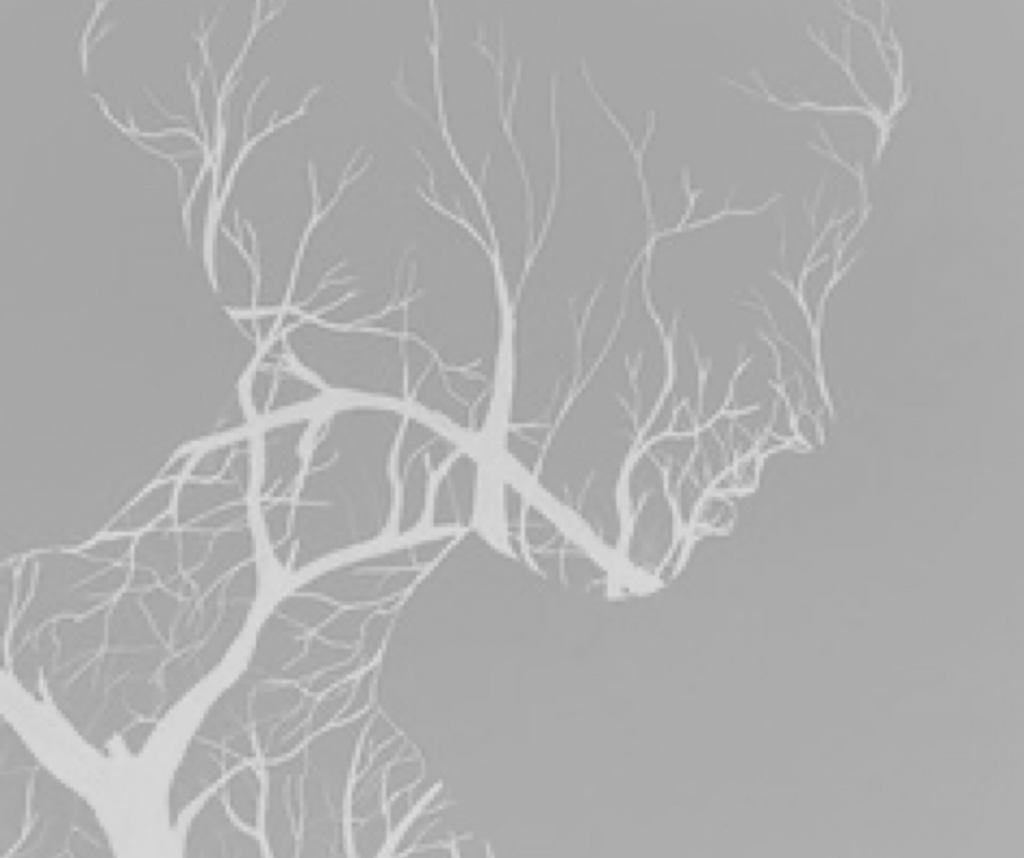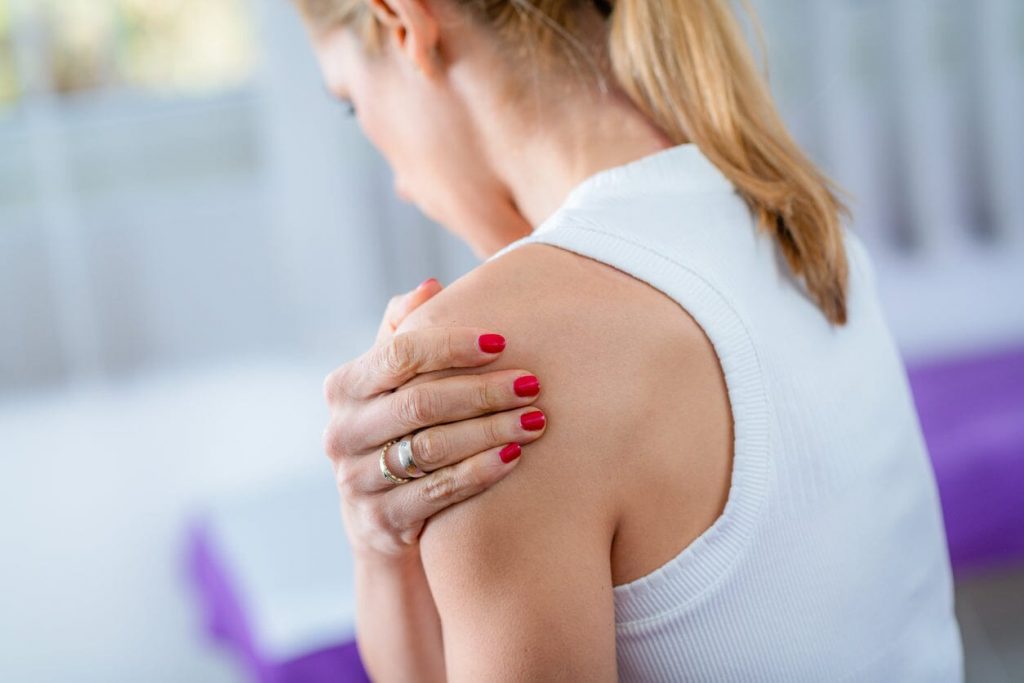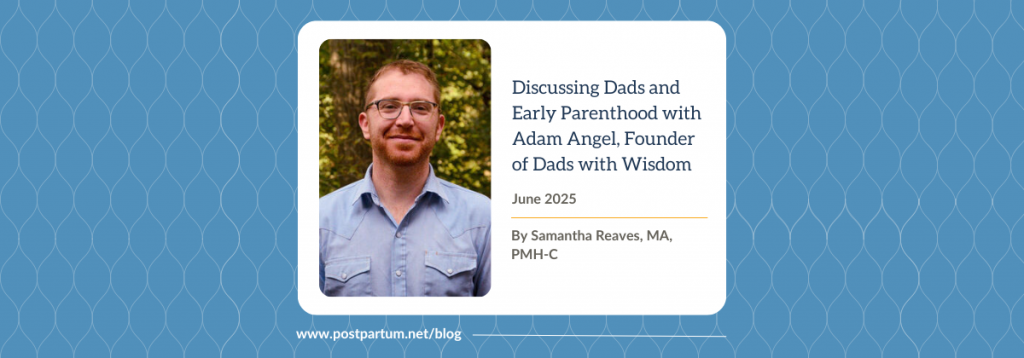The Osteopathic Look on Deeper Pain
Oftentimes, in Osteopathic treatment, the patient will report an old injury or pain that hasn’t been an issue for years, rearing its ugly face again. This poses the question: how can something that I thought had healed come back to haunt me? The answer is nervous system memory. The body has multiple mechanisms in place to compensate for trauma; physical or emotional. As the body takes on more trauma it learns to adapt. Sometimes these adaptations cause other problems in other areas of the body. Take, for example, a broken ankle. When we break a bone, yes, the bone will heal, but what happens to the joints and tissues above it? The knee will begin to work harder to stabilize the ankle, the opposing hip might rotate to take some of the pressure off the knee and the low back might bend to one side to keep a vertical standing posture. All these compensations lead to a new “global pattern” and if one part of the patterns is “unwound” or taken out the others might become more profound.
So, what happens when the body is holding onto more than a physical injury? What if the body held onto your childhood memories or your teenage angst or that one time your class laughed at you for that embarrassing thing you didn’t mean to do? Even though these memories and feelings seem distant they all engrain themselves little by little into our nervous system and can affect the physical beings we evolve into.
Healing Emotional Pain with Osteopathy
Let’s talk about trauma. Most people consider trauma to be a big devastating event that cracks the foundations of our mental wellbeing, but, this is not always the case. Trauma can be as little as not winning a soccer game when you were 8 years old. Trauma is anything that you went through that evokes and strong associative emotion. The nervous system remembers how you felt at that time and associates that feeling with that memory and tucks it away in the darks parts of our minds. So now we get to the nervous system. The nervous system, as most of us are aware, is an interconnected network that spans to every millimeter of our bodies. It connects us as one unit and, in some schools of thought, is considered its own organ. The nervous system is plastic and adapts when we learn new skills and adapts when we need to protect ourselves. Descartes once said “the lute player must have memory in his hands, too, in order to play a tune with such skill.” The nervous system on a subconscious scale is always observing, taking in new information and storing that information for use later. In the event of trauma the body does the same thing. It takes in the way you felt in that situation, associates the emotional impact with the environmental or physical situation at the time and stores that association. Why does it store this information…For protection.
Outlooks on Emotional Storage and Pain
The body understands that it is in a state of danger when we are going through a traumatic event because it stimulates the sympathetic nervous system. This system is our fight or flight system and causes reactions like heart racing, sweating, and pupil dilation. This is part of a protective mechanism. If a traumatic event causes enough stress it overloads the nervous system to the point that it stops functioning (to a degree). The “cease fire” that is initiated tries to prevent the body from storing it in the conscious mind and instead shunts it to be stored in surrounding muscles, organs and connective tissues. When we store trauma in our tissues the brain tries to protect the conscious mind from the event and blocks the “infected” area to prevent recall of the event/ memory. Down the road this means that the area of the body disconnected from the brain will be most difficult to heal.
The Proof in the Pain Pudding
Some interesting cases to prove this phenomena are depicted in a paper by Thomas Fuchs (2012). Thomas speaks on the phenomenology of body memory with respect to pain memory and trauma memory. He refers to a case of pain memory when a patient with amnesia had to be reintroduced to his psychologist daily. One day, the psychologist decided to shake the patient’s hand with a tack hidden in his grasp. The patient quickly withdrew her hand. The next day the psychologist returned and she still did not recognize him but refused to shake his hand without an explanation as to why not. “Her body had learned that the doctor’s hand meant danger without herself knowing it.” The understanding of danger goes much further than our conscious mind or memory capacity.
Pain is not always physical, it can also manifest as humiliation or failure. Fuchs (2012) mentions that these feelings can trigger acute pain syndromes later in life. Fuchs writes: “Psychogenic pains may later become chronic because patients have unconsciously learned that their expressions of pain are rewarded with attention by their family members. Not only is the pain inscribed into the body, but also the situations and relationships that were connected to its first occurrence.” This could explain why patients feel pain when they are feeling alone, depressed, or have a feeling of punishment. The body automatically associates pain with the feelings present at the time of physical punishment but on the flip-side is comforting because after punishment or pain the patient received positive attention and reinforcement.
Traumatic memory manifests similarly; using mechanisms of avoidance and denial by the body to ensure the memory is repressed. As mentioned, the memory of trauma lives more vividly in the mechanical body like a void or foreign artifact.
How does this relate to Osteopathy?
In classical Osteopathic training the goal is to work with the sensory nervous system to affect the motor. Essentially, we work to rewire the nervous system using a variety of techniques. We try to change the sensory inputs to the brain to encourage and normalize the motor outputs to tissues and organs. In the case of a traumatic lesion or emotional lesion (lesion being the term used for a problem in the body) we must let the brain know that this area of the body is safe and it can open up vessels and nerve impulses to it. Convincing the body of this often takes time and rewiring takes multiple treatments but is possible. Encouraging the parasympathetic nervous system through breath and gentle treatment that only takes as much as the body is willing to give is the key to success with these types of lesions.
Overall, the body is much smarter that we can understand through only surface level aches and pains. Diving deeper into the causes and psycho-somatic depths of the body are often the key to overall health. The tree may be beautiful on the earth but its roots are weak and rotten; body rebirth and true health encompasses both the physical above ground beauty and the inner workings below the earth.
References: Fuchs, Thomas. (2012). Chapter 1. The phenomenology of body memory. 10.1075/aicr.84.03fuc.









